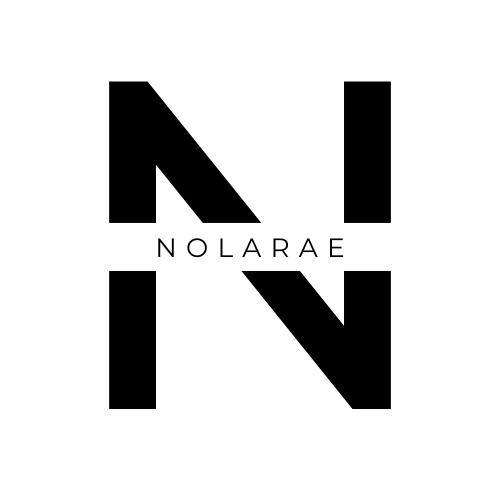Collaborate and Elevate: How Female-Led Teams Are Reinventing Creative Workspaces
- Amani Henry
- May 8
- 2 min read
Updated: Aug 10
Female-led creative teams are reshaping the media landscape—not just with their output, but with how they build teams. Empathy, inclusivity, and collaboration are fuelling some of the boldest, most resonant work in the industry today.

🌀The Experience Era Has Arrived
We’ve entered an age where it’s not enough to be seen—you have to be felt. In a noisy digital world, the brands and creatives breaking through are the ones building immersive experiences that spark emotion and memory.
Whether it’s a light-and-sound tunnel in downtown LA, an AR fashion launch in Paris, or a multi-room storyscape in Brooklyn, experiential media is transforming how stories are delivered. It blurs the lines between content, art, and branded environments—and audiences are here for it.
“It’s about crafting emotions and moments, not just messages,” says Adweek in a recent deep dive into the future of experiential marketing. - (Adweek)
🔮From Passive to Participatory
The big shift? Storytelling is no longer a one-way broadcast. It’s an active experience. New formats invite people to move through space, make decisions, and even shape the narrative.
🎮 Virtual and Augmented Reality - Leading the charge with tools like Meta Quest and Apple Vision Pro, creators are designing interactive storyworlds where audiences don’t just watch—they explore. From immersive short films like The Line to AR-enhanced exhibits, these formats elevate engagement by pulling the viewer into the scene.
🎨 Immersive Installations - Growing across the cultural landscape. Projects like Meow Wolf and Superblue redefine the museum concept—combining light, motion, sound, and storytelling into walkable, Instagrammable narratives.
💥Why It Works
The power of immersive storytelling isn’t just theoretical—it’s backed by data.
🧠 Memory and Emotion We remember what we feel. Immersive media creates emotional touchpoints—whether that’s awe, curiosity, nostalgia, or thrill. These are the feelings that stick, and they translate directly to brand loyalty and word-of-mouth.
🔁 Interactivity = Ownership Letting the audience engage physically or digitally increases the personal stake in the narrative. The story becomes “theirs,” not just something they consumed.
📲 Shareable by Design Immersive experiences often double as social content. Visitors become co-creators—filming, sharing, reacting, and remixing in real time. That organic amplification is priceless.
🌐Big Brands Are Taking Note
From Adidas to Netflix, major brands are building campaigns around live, immersive moments:
Adidas’s Ozworld project created a personalised digital identity experience in the metaverse.
Netflix’s Stranger Things activation turned entire venues into multi-sensory fandom experiences.
Gucci Garden on Roblox invited players to explore a surrealist world while trying on virtual fashion.
These aren’t just one-offs. They’re marketing ecosystems with physical, digital, and emotional layers.
🧭What's Next?
🔗 Hybrid storytelling — Combining physical installations with web-based extensions.
🎭 Branded entertainment — More short films, live theatre, and immersive docs by brands.
🕹️ Audience agency — Personalised story paths driven by user interaction and AI.
As platforms evolve, expect creative studios to lean into real-time engagement, spatial storytelling, and interactive formats that go well beyond the traditional screen.
Experiential media isn’t a fad. It’s a full-blown storytelling revolution—and it’s only just getting started. 🚀
